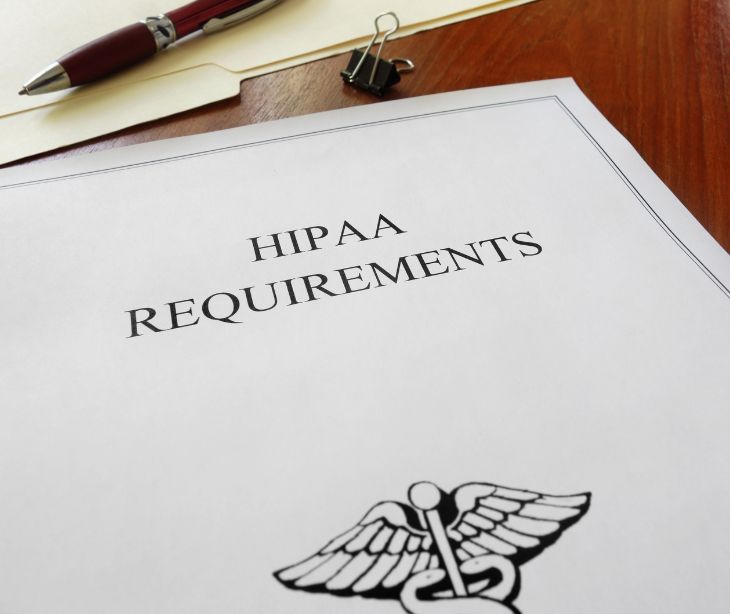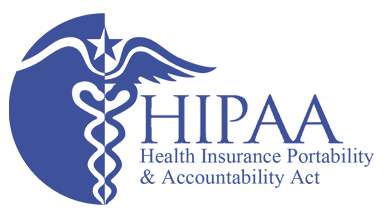2 min read
Why healthcare organizations should maintain both paper and digital records
Kirsten Peremore
October 17, 2023

While digital records provide efficiency, accessibility, and are easy to share via email, paper records serve as a valuable backup and reference source.
Having both paper and digital records ensures resilience during emergencies, such as natural disasters, where digital systems might be compromised. Additionally, it caters to the preferences of patients and healthcare professionals, offering flexibility and familiarity in handling and accessing medical information. By balancing the convenience and efficiency of digital records with the resilience and accessibility of paper records, healthcare organizations can best serve their patients while remaining HIPAA compliant.
See also: How to develop HIPAA compliance policies and procedures
Reasons to maintain both paper and digital records
Resilience in emergencies
If healthcare organizations rely solely on digital records, they are at risk in emergencies like natural disasters, technology failures, or ransomware attacks. Electronic systems may become inaccessible or compromised, making it difficult to retrieve patient information. Having paper records as a backup can be beneficial in these situations, ensuring continued patient care.
Go deeper: Report reveals ransomware attacks reached record high in July
Addresses inefficiencies
Using just one record-keeping method may result in inefficiencies. In the case of a digital-only system, healthcare providers may face challenges in tracking and sharing patient data efficiently across systems, potentially leading to duplicate tests and treatments. On the other hand, relying solely on paper records can be time-consuming, especially when information needs to be shared across different departments or locations.
How to implement a dual record keeping strategy
- Select record management systems: Choose appropriate record management systems for digital records, ensuring they offer encryption, access controls, and audit trail features. Implement secure storage solutions for paper records, including locked cabinets and controlled access to storage areas.
- Data migration (if necessary): If transitioning from paper to digital records, plan and execute a data migration strategy. Ensure that patient data is accurately and securely transferred.
- Establish redundancy: Implement mechanisms to ensure redundancy, such as regularly backing up digital records and storing copies in separate locations. Maintain a secure off-site location for paper records to protect against disasters.
- Access controls: Implement access controls and user authentication for electronic records to restrict access to authorized personnel. Establish access controls for physical records, including locking cabinets and access logs.
- Security measures: Ensure proper encryption, firewall protection, and antivirus software for digital records. Develop protocols for the secure destruction of paper records when they are no longer needed.
- Patient and staff communication: Educate patients about the organization's record-keeping methods and how their data will be protected. It is necessary to communicate in a way that maintains security, such as HIPAA compliant email.
- Testing and auditing: Regularly test the organization's record-keeping systems for security and accessibility. Conduct internal audits to ensure compliance with HIPAA and other privacy regulations.
- Document everything: Maintain detailed records of all processes, including data access, destruction, and compliance efforts.
How HIPAA applies to paper records
While HIPAA does not explicitly require the maintenance of paper records, it regulates the privacy and security of all protected health information, whether in digital or paper format. Additionally, state-specific laws might have their own requirements regarding the retention of paper records.
HIPAA compliant physical safeguards:
- Facility access controls: locked doors, security alarms, key cards, biometric controls, visitor management, access logs, and storage locks.
- Workstation use: use/access procedures (e.g., where, how, and when to access data).
- Workstation security: physical locks, access control measures, encryption, inventory tracking.
- Device and media controls: encryption, password protection, multifactor authentication, inventory tracking, and disposal.
Go deeper:
Subscribe to Paubox Weekly
Every Friday we'll bring you the most important news from Paubox. Our aim is to make you smarter, faster.




